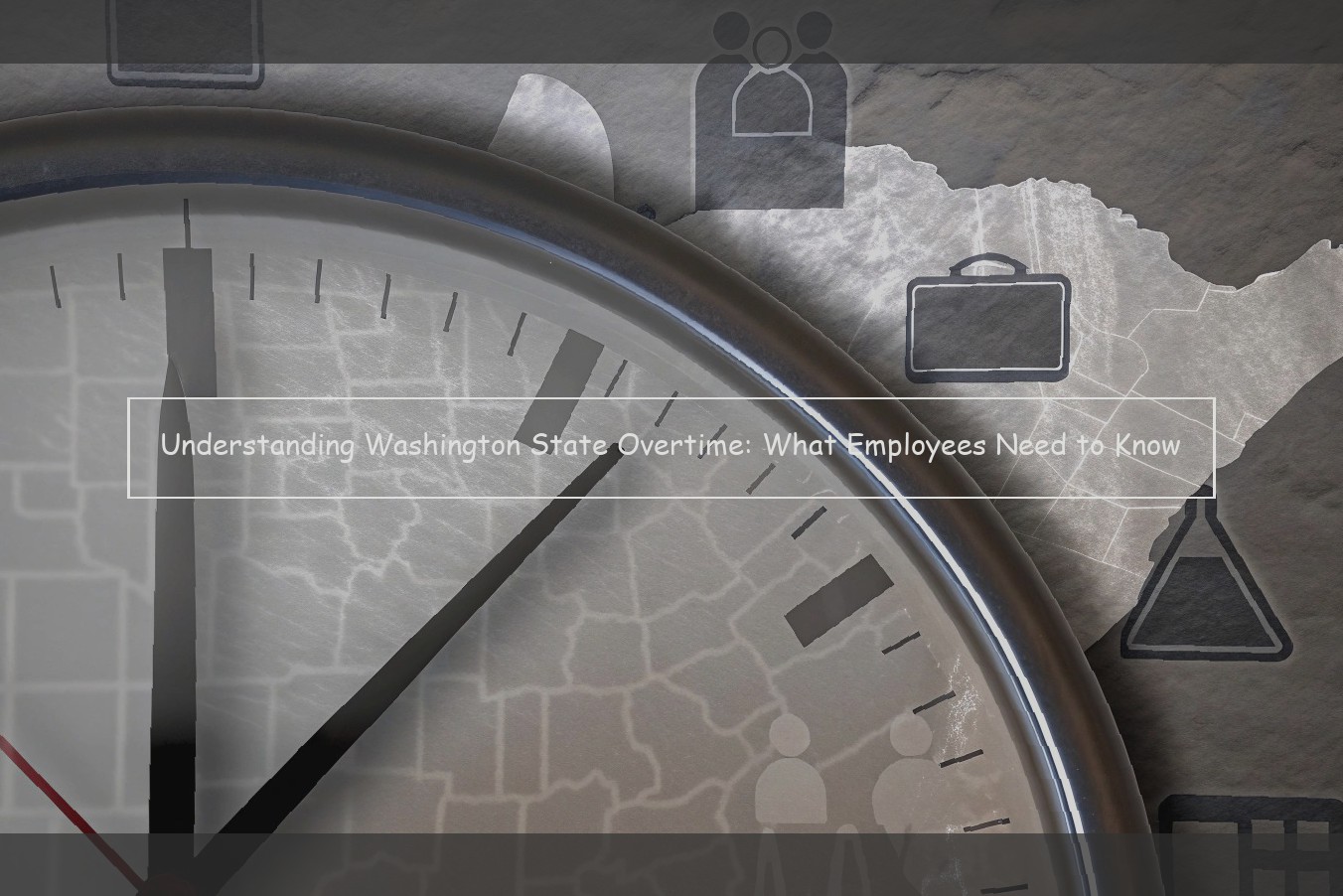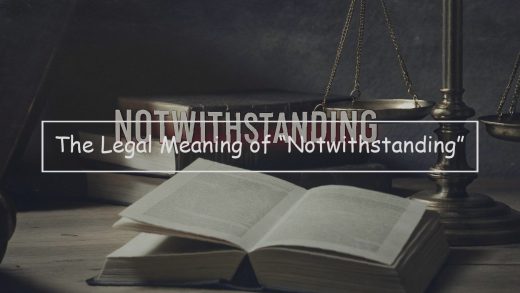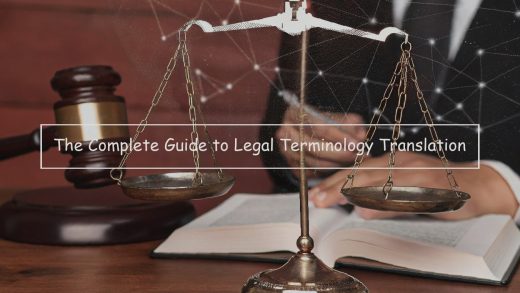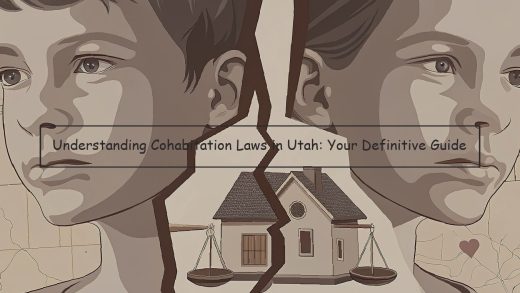Overtime Laws in WA State, an Introduction
The concept of overtime is straightforward: it is time worked over the standard 40-hour workweek for which an employee receives compensation at a rate higher than their regular hourly or salaried rate. Since the Fair Labor Standards Act (FLSA) does not define the "standard" workweek, by application, it is generally understood to be the period during which an employee completes the regular and recurring responsibilities of the job. Importantly, a traditional workweek generally does not include paid or unpaid time off for vacation, holidays, illness, and other such absences.
Like the FLSA, Washington law provides a number of exemptions from overtime requirements, which I will be discussing in a later article focusing on the various specific FLSA and state overtime exemptions . For now, please note that when an employee qualifies for an exemption, that person is not legally entitled to any overtime pay at all, including any premium above the straight-time hourly or salary rate. When an employee does not qualify for an exemption, Washington law requires that he or she be paid "time and one-half" (i.e., 1.5 times) his or her regular rate of pay for all time worked in excess of 40 hours for a workweek. It is critical that employers track hours worked so that they can properly make overtime payments to employees when needed. The failure to do so can result in huge financial liabilities.

Who Qualifies For Overtime Pay
Employees are eligible for overtime in Washington state unless they fit one of the many exemptions from overtime payment, the most common of which are the administrative, executive, and professional exemptions. There are also other types of exemptions such as outside sales, computer professionals, and some miscellaneous exemptions. Unfortunately, many employers and employees are caught off guard by these gray areas of the law and do not know whether the employee can start or stop accruing overtime.
The Administrative Exemption applies to administrative employees who (1) primarily perform office or non-manual work directly related to the management or general business operations of the employer or the employer’s customers, and (2) exercise discretion and independent judgment with respect to matter of significance. Pervasive or routine tasks do not generally qualify for the "discretion or independent judgment" portion of the test.
The Executive Exemption applies to executive employees who (1) are compensated on a salary basis at a rate not less than $41,600, (2) whose primary duty is management of the enterprise or a customarily recognized department or subdivision of the enterprise, (3) customarily and regularly direct the work of two or more other employees, and (4) have the authority to hire or fire other employees, or in the alternative, whose suggestions and recommendations concerning the hiring, firing, advancement, promotion, or any other change of status of other employees are given particular weight.
The Professional Exemption applies to professional employees who (1) are compensated on a salary basis at a rate not less than $41,600, and (2) whose primary duty is the performance of work requiring knowledge of an advanced type in a field of science or learning customarily acquired by a prolonged course of specialized intellectual instruction and study. The law does not specifically mention advanced degrees as a requirement for this exemption. While Washington courts have acknowledged that an advanced degree may be required for a position to meet this test, they have also recognized that "the depth of training [required to meet the professional exemption] could also be demonstrated by training short of an advanced degree."
The Outside Sales Exemption applies to employees whose primary duty is either (1) making sales for the business, or (2) obtaining orders or contracts for services or the use of facilities for which a market is maintained. An employee must spend more than 50% of his or her time performing the exempt work or else the employee must be guaranteed $250,000 per year in total compensation. Further, the employee’s hours must be entitled to vary and the employee must customarily and regularly perform the exempt work away from the employer’s place of business. There are also a couple of exceptions included within the Outside Sales Exemption and all of the employee’s work must be performed for the same employer to qualify for the exemption.
The Computer Professionals Exemption applies to employees whose primary duty consists of either (1) application of systems analysis techniques and procedures to determine hardware and software specification, or (2) design, specification, development, documentation, analysis, creation, testing, or modification of programs or program modifications, or operating systems, or telecommunications systems that are related to computer systems, networks, and/or telecommunication systems. Employees must also be paid either (i) a salary or fee of not less than $47.64 per hour, or (ii) not less than $47.64 per hour.
Employers should be cautious when classifying employees as exempt from overtime because these exemptions are very fact specific and are often contexts in which an employee may fall both inside and outside the exemption. If an employee qualifies for an exemption at one time, their qualification for the exemption may later change based on changed job responsibilities. When in doubt, it is best to consult an attorney to sort through the red flags and gray areas that might distinguish between an exempt and non-exempt employee.
How Overtime Pay is Calculated
Overtime pay in Washington works differently than most people would think. Many employees believe that overtime means anyone who works more than 40 hours a week should be paid time and a half for the hours over 40, when in reality, the Washington overtime law is more complicated than that.
Washington’s overtime calculation depends on whether the employee is non-exempt or exempt from overtime requirements. The biggest difference between non-exempt and exempt employees is that exempt employees are paid a salary regardless of the number of hours worked, while non-exempt employees are paid an hourly-wage with some exceptions for salaried employees.
The FLSA also provides exemptions for employees in certain highly specialized occupations including proofreaders and interns. Also, employees that supervise and direct work teams are also exempt as are highly skilled "white collar" professionals such as attorneys and accountants.
There are many grey areas related to these employment categories so you should always consult with a wage and hour attorney for advice.
Calculating Overtime Pay for Non-Exempt Employees
For non-exempt employees, employers must use the "regular rate of pay" that is calculated by dividing the employee’s total pay for the week – and the federal government requires this hours worked include all hours worked (such as work-related tasks performed outside of work hours) – by total hours worked. This provides a base rate per hour. With that figure, the employer then adds time and a half for hours over 40. In basic terms:
Example #1 Employee A has an hourly wage of $24 an hour, works 46 hours that week and earns $450 in bonuses for that week and works in a non-city location.
Employee B works at an office in Seattle, has a base hourly wage of $18 an hour, works 45 hours a week and earns a weekly transportation allowance of $100.
The calculations for paychecks would be:
Example #1 (Employee A) Calculation Employee A’s weekly earnings after accounting for overtime is $1224 plus the $450 bonus for a total of $1674.
Example #2 (Employee B) Calculation Employee B’s base rate per hour is $24 ($18 hourly wage plus $100 allowance divided by 45 hours worked). This means Employee B earns $960 a week. The employee earns an additional $200 for the overtime hours (one and one half of the regular pay rate) for a total paycheck of $1160.
Overtime Laws Have Changed
As mentioned above, Washington state has one of the highest paid minimum wages in the country. Additionally, the state also has the highest minimum income threshold for employees exempt from overtime, which will go into effect in 2020. This is nothing new, as Washington has updated its regulations to keep in line with or ahead of federal law when it comes to higher minimums on the state level. Nevertheless, over the past two years the state has made some changes to its overtime laws.
Previously, employees who earned more than $250,000 annually were considered exempt from overtime. However, there was no requirement that the employee had to be guaranteed minimum payments related to their job duties—such as a set annual salary.
That is no longer the case. In May 2018, Governor Jay Inslee signed a bill into law that eliminated the non-payment minimum. If a salaried employee works in a type of work that qualifies them as exempt, they must be guaranteed minimum compensation related to job duties (whether that is an annual salary or some other set form of compensation). If they are not so guaranteed, then they are entitled to overtime pay—regardless of whether they reach the earning threshold or not.
This is important for a couple reasons. First, it broadens the scope of employees who would previously fall under the "highly compensated" exemption. Because the previous change to the rules, under the prior rule, any employee making $100,000 and above each year and holding the title of executive, administration, or professional would have been exempt despite not being guaranteed some form of compensation other than their hourly payments. Now, any employee who does not meet (or is not guaranteed) minimum compensation levels related to their job duties will be entitled to time-and-a-half overtime pay, regardless of their title or commission.
Second, most employees off this service type do earn more than $250,000 per year, but are now entitled to at least some form of overtime pay despite that earning them well into the six-figure annual range.
The changes made to the law in May 2018 will be phased in over the next couple of years, with all new classifications going into effect on July 1, 2020 for all employers statewide. By that point, an employee earning less than $13.50 per hour (and by extension $28,080 annually) will be considered eligible for overtime (under the other requirements).
Overtime Misconceptions
A common misconception is that employers in Washington only need to pay overtime if they have 50 or more employees. In fact, there is no employee numerical threshold. The law applies to all employers in Washington regardless of the number of employees. The same rule applies for the employer having a physical location in Washington – if there are employees performing work in Washington, even if the company is headquartered in different state, Washington overtime law still applies.
Another misconception is about the one-and-a-half over-time rate. Many people believe that overtime is time-and-a-half the regular rate. In reality, the calculations for determining overtime pay are fairly complex. Employers should always calculate overtime rates accurately . Miscalculations and improper overtime calculations can result in significant damages awards to employees if the failure to pay results in unlawful underpayment of wages.
Some Washington employers believe that exempt employees are not entitled to overtime. In Washington, employees must meet certain job duties to qualify for the overtime exemption set forth in Washington law. Many supervisors and managers, for example, do not meet the salary and/or duty requirements for the executive overtime exemption. Washington employees must be paid overtime if they work over 40 hours in a workweek and do not meet the requirements for the administrative, professional, computer professional, or executive overtime exemptions.
Understanding Employee Rights & Employer Duty
Employees in Washington are entitled to overtime pay at the rate of one and one half times their regular rate of pay for all hours worked beyond 40 hours in a workweek. Employees are also entitled to minimum wage for all hours worked. This is also true on a day-to-day basis. An employer cannot average your workweek or your daily wage to avoid paying you overtime on certain days or your wages on certain days.
Washington law also provides a one time meal and rest period. Employees are entitled to at least a 30-minute meal period if the employee works at least five hours in a day; and a ten-minute paid rest period for every four hours of work.
Employers in Washington are responsible for complying with these laws. An employer must pay you overtime at the required rate for hours in excess of 40 worked in a workweek. The employee is not required to prove that he or she was harmed, such as a negative impact on wages, by the violation. The employee is also entitled to be reimbursed for your costs and attorney fees. Employers may not attempt to hold your final wages based upon performance or ongoing disputes regarding your employment.
Filing a Complaint/Getting Assistance
If employees in Washington State find that their overtime rights have been violated, there are a couple of avenues for seeking redress. First, to recover lost wages, they may file a wage complaint with the Washington State Department of Labor & Industries online through the employer portal. The Department generally reviews the complaint, investigates it, and may initiate an inquiry into the matter. However, please note that the Department may not commence an investigation unless it believes statutory violations occurred. If the investigation is initiated, the Prioritize Wage Enforcement program will review the complaint and give it a priority rating – Worksite, Priority, or Non-Priority. Priority ratings generally do not authorize the Department to collect money from the employer. For example, Priority rating complaints will only investigate wage claims for a sum smaller than $1,500 for a maximum of 10 workers during a maximum of 60 workdays. Non-Priority rating complaints cannot be pursued if they will not result in an amount which exceeds those maximums.
Washington employees face a very short statute of limitations under the Washington Minimum Wage Act to file a claim. Pursuant to RCW 49.52.070, the limitations period is just three years after the failure to pay the unpaid minimum wage or overtime. However, employees may recover the unpaid minimum wage or overtime wages, interest, double damages, reasonable attorneys’ fees, as well as costs from their employer.
Conclusion: Staying Informed & Safe
In summary, this piece attempted to provide an overview of some of the more common questions that Washington State employees have regarding overtime. Timekeeping, payroll, rest and meal breaks, and off-the-clock work are just a few of the overtime related issues that a Washington State employee may face on a regular basis but not really understand.
In advance of the FLSA changes that were supposed to go into effect as of December 1, 2016, many Washington State employers indicated that they would be reclassifying currently salaried exempt employees to non-exempt positions. Thus , if you are one of the employees who had their exempt status removed within the past year, be sure to educate yourself about overtime laws. And if you believe that you have brought in a pay dispute, consult with an experienced employment law attorney. On the other hand, if you still have your exempt status, consult with an attorney to better understand whether or not you should be working off-the-clock for your employer, whether or not your employer can regulate your rest and meal breaks, or whether or not it is possible that you should even be paid overtime for hours that you have already worked without pay.



